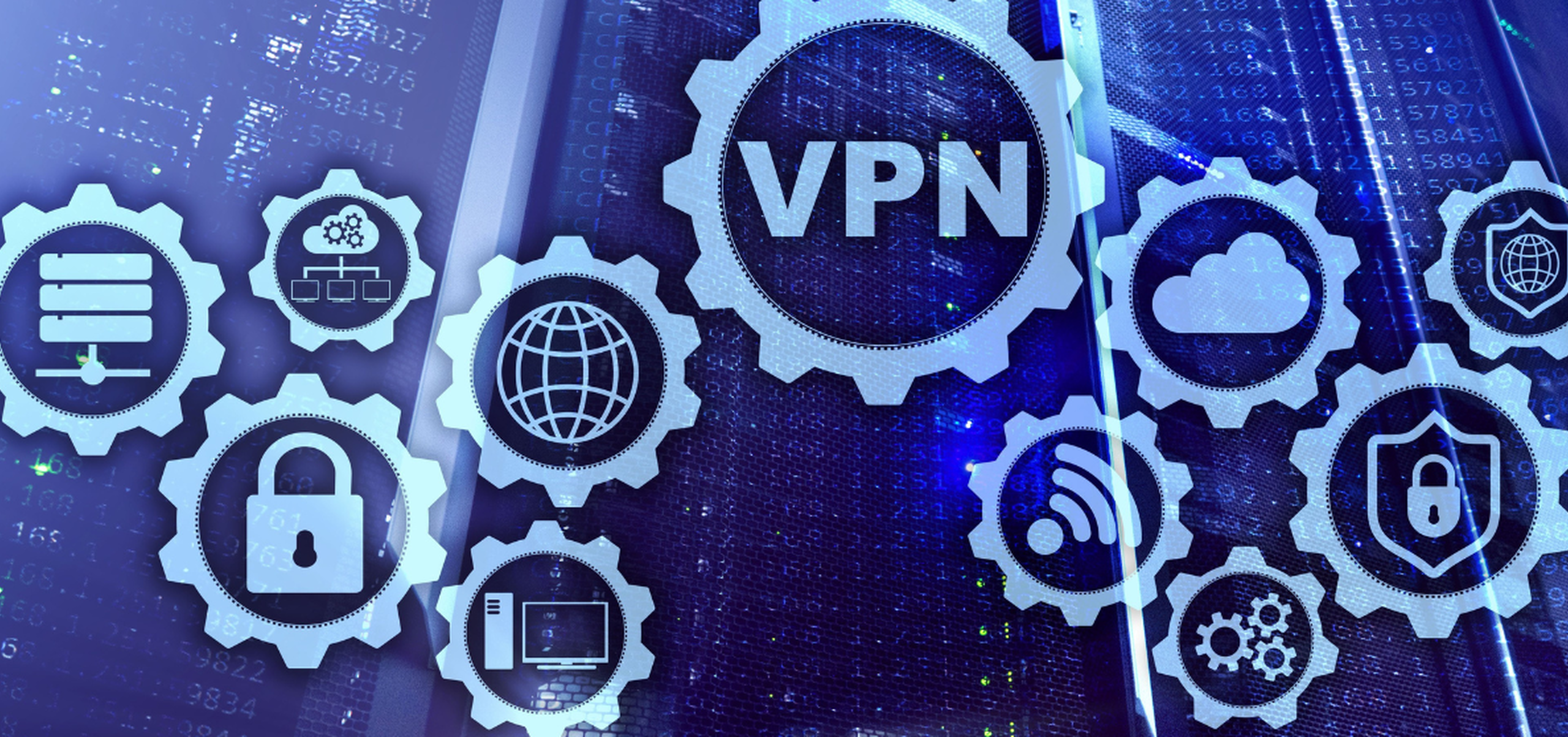What Is Edge Security — and Why Should SMBs Prioritise It in 2025?
What Is Edge Security — and Why Should SMBs Prioritise It in 2025?
Your firewall, VPN, remote access tools, and cloud gateways — these are all edge devices. They form the perimeter of your IT environment, acting as the bridge between your internal systems and the wider internet.
If attackers breach your edge, they’re no longer at the doorstep — they’re inside your network.
In 2024, cybercriminals made edge infrastructure one of their top targets. And for small to midsize businesses, that shift brings critical implications.
The Modern Attacker’s Strategy
Rather than battling endpoint security tools or traditional antivirus software, attackers are focusing on the edges of networks — often with alarming success. Their techniques include:
- Exploiting outdated firmware or unpatched edge devices
- Leveraging stolen credentials to access exposed RDP and VPN services
- Targeting misconfigured cloud environments and IoT systems
- Bypassing standard detection tools like EDR entirely
This change in tactics underscores a simple truth: many organisations still overlook the vulnerabilities sitting at their network boundaries.
Common Edge Risks Identified in 2024
The following weak points were among the most exploited in the past year:
- RDP servers lacking multi-factor authentication
- Outdated VPN platforms, including Ivanti and Cisco
- Zero-day vulnerabilities in firewalls and remote access appliances
- Internet of Things (IoT) devices running default credentials or missing security updates
These are often present in SMB networks — and frequently overlooked.
Strengthening Your Edge: 9 Practical Steps
Improving edge security doesn't always require major investments — but it does require clear strategy and consistent action. Here are key areas we help clients focus on:
- Audit your external exposure – Identify what services and devices are internet-facing
- Apply firmware and software updates regularly — especially for firewalls, VPNs, and access tools
- Enforce strong passwords and MFA on all remote access services
- Disable unused ports and legacy services to reduce attack surface
- Restrict administrative tools like PowerShell where not required
- Deploy modern firewalls with threat intelligence and active monitoring
- Segment your network to contain potential breaches
- Conduct annual penetration testing to validate defences
- Educate your staff — human error remains a key vulnerability
The Bottom Line
You can’t protect what you don’t know is exposed. Edge security is no longer optional — it’s the front line of defence in your organisation’s cybersecurity posture.
At Rachis, we work closely with our clients to secure every layer of their IT environment, including the often-overlooked edge. Whether it’s through proactive patching, security audits, or next-gen firewalls, we help ensure threats are stopped before they reach your core systems.
If you'd like a review of your edge exposure or advice on how to strengthen your defences, speak with our team. We're here to help.

